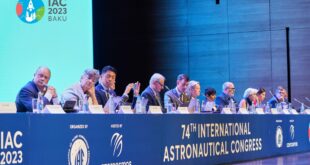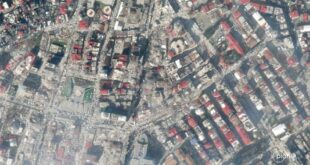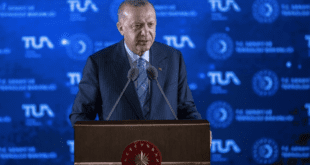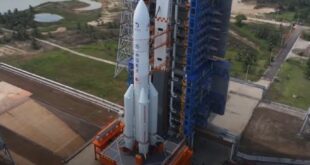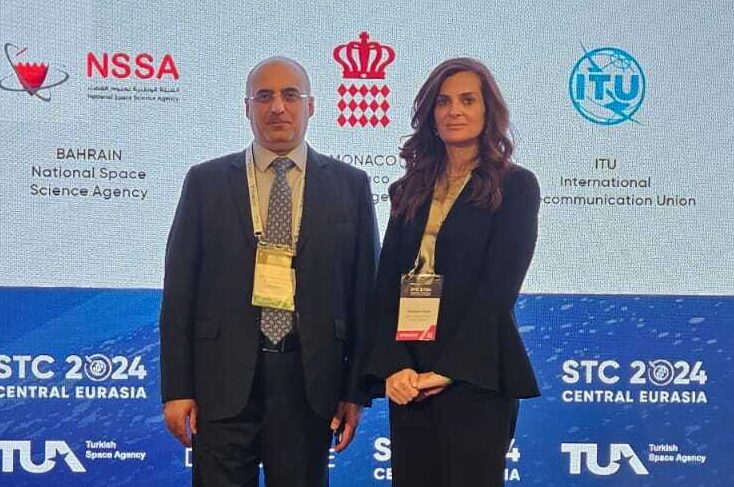
Ibadan, 3 May 2024. – Dr. Mohamed Al-Aseeri, Director General of the National Space Science Agency (NSSA) of Bahrain and H.E. Mr. Yusuf Kıraç, President of the Turkish Space Agency (TUA) met for a meeting on April 25th, 2024. This meeting marked a significant milestone in enhancing bilateral cooperation and fostering a robust relationship between Saudi Arabia and Turkey in the space sector.
During the discussions, both parties explored avenues for collaboration, recognizing the immense potential for joint initiatives. Furthermore, key highlights of the discussion included opportunities for collaboration in space infrastructure development and enhancement, technology transfer, and skills development. These discussions underscored the commitment of both nations to advancing their space agendas through collaboration.
NSSA and TUA identified opportunities to collaborate on the development and enhancement of space infrastructure. They also emphasized knowledge exchange and technology transfer, highlighting the importance of sharing technological advancements and best practices to accelerate space capabilities. Additionally, both agencies discussed joint training programs to strengthen the skills of professionals in their respective space ecosystems.
Dr. Al-Aseeri expressed his gratitude to H.E. Mr. Yusuf Kıraç and the entire TUA team for their warm hospitality and commitment to advancing space cooperation. As NSSA and TUA move forward, they anticipate exciting collaborations that will benefit not only their agencies but also the global space community. Their commitment to peaceful exploration and scientific advancement knows no borders, and this meeting reaffirms their shared vision.


